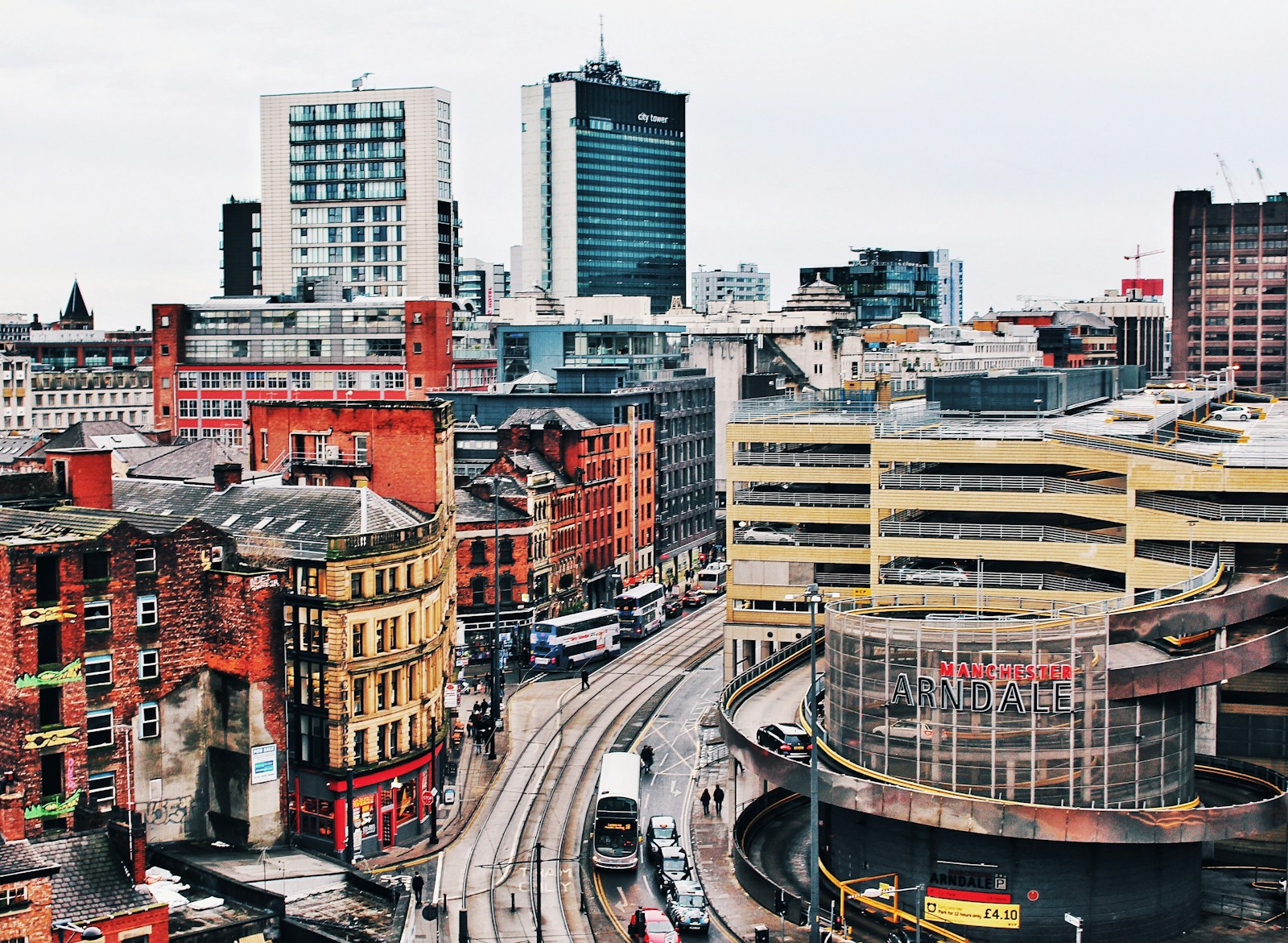As cities like Margate, Liverpool, and Leeds successfully stimulate economic growth through immersive, culture-led regeneration, the question arises: why isn’t this happening more widely across the UK? Many towns and cities face similar challenges of declining high streets, retail closures, and struggling local economies, yet few have embraced creative regeneration strategies with the same vigor. A closer look at the barriers reveals a complex mix of financial, cultural, and logistical challenges that hinder the widespread adoption of such successful models.
Financial Constraints: A Major Roadblock
One of the primary reasons more towns aren’t following in the footsteps of Margate or Liverpool is the lack of financial resources.
Cultural regeneration projects often require significant upfront investment, and many local authorities—particularly in post-industrial or rural areas—simply don’t have the funding to support such ambitious initiatives.
Public funding for the arts has been cut significantly in recent years, making it harder for councils to justify large-scale cultural investments without immediate economic returns.
Private investment, which has been a key driver in the success of places like Dreamland in Margate or the Baltic Triangle in Liverpool, can also be hard to come by in smaller towns or less well-known locations.
Investors are more likely to back projects in cities with established reputations for culture and tourism, leaving smaller towns at a disadvantage.
Without access to adequate funding, many towns are unable to launch the types of large-scale cultural projects that can truly transform their local economies.
Lack of Vision and Leadership
Regeneration through immersive experiences requires more than just financial backing—it requires visionary leadership and a willingness to embrace new, often unconventional, approaches.
Successful examples like Margate and Liverpool have benefited from strong local leadership that understands the value of culture not just as a form of entertainment, but as an economic engine.
However, in many towns, local authorities are hesitant to take risks, particularly when it comes to investing in creative industries.
There can be a preference for traditional development strategies, such as retail or commercial redevelopment, which offer more predictable outcomes, even if they’re less innovative.
Many towns don’t have the leadership structures in place to advocate for cultural regeneration, which can leave them stuck in outdated regeneration models.
Cultural Resistance and Lack of Buy-In
Another obstacle is the cultural resistance that some towns face when attempting to implement arts-driven regeneration projects.
In some areas, there’s a disconnect between local communities and the types of art and culture being promoted through regeneration. For example, in working-class or rural towns, contemporary art galleries or high-end cultural festivals may not resonate with the local population, leading to a lack of community support.
Without local buy-in, these projects can struggle to gain traction and fail to deliver the same economic and social benefits seen in cities like Leeds or Liverpool.
Successful regeneration depends on the ability to involve the local community, creating experiences that reflect their interests and values. Without this alignment, cultural projects can appear disconnected and fail to stimulate the desired growth.
Logistical Challenges and Fragmented Ownership
Many towns also face logistical challenges when trying to redevelop town centres or underused spaces. Fragmented property ownership, where multiple private landlords own different sections of a high street or town centre, can make it difficult to implement cohesive regeneration strategies.
Local councils often lack the authority or financial resources to acquire and repurpose these properties, making it hard to create the kind of unified, immersive experiences that have worked so well in cities like Sheffield and Margate.
Furthermore, towns that lack existing cultural infrastructure, such as galleries, theatres, or event spaces, face an additional challenge in trying to build these from scratch.
In cities like Liverpool, where an established cultural scene existed prior to regeneration efforts, the process was more about amplifying existing assets rather than creating entirely new ones. For towns without this foundation, the journey can be significantly longer and more complex.
The Post-COVID Reality: A Catalyst or Challenge?
The COVID-19 pandemic has also played a role in shaping the future of town centre regeneration. While some towns have used the pandemic as a catalyst for rethinking how they engage their local economies, others have found it difficult to prioritize long-term cultural investments in the face of short-term financial difficulties.
The pandemic has also shifted consumer behaviour, with many people turning to online shopping and digital experiences, which could present challenges for towns looking to build physical, immersive experiences in their high streets.
Conclusion: The Path Forward
While it’s clear that cultural-led regeneration can yield significant benefits, it’s equally evident that not every town is positioned to follow in the footsteps of Margate or Liverpool.
For regeneration to work on a broader scale, towns need access to funding, visionary leadership, community buy-in, and the logistical ability to transform their spaces.
There is, however, hope. The successes of towns like Margate offer a blueprint that can be adapted to different contexts. By fostering local creativity, engaging communities, and seeking innovative partnerships between public and private sectors, other towns could unlock their own cultural potential.
The challenge lies not in replicating these successes exactly but in adapting their principles to the unique needs and characteristics of each place.
As the UK continues to grapple with the decline of the high street, cultural-led regeneration may prove to be one of the most effective ways to breathe new life into town centres—but only if the right conditions are in place.
Related Content

Spotlight – Bristol: A Growing Hub for Immersive Entertainment and Creative Innovation
Bristol, known for its vibrant arts scene, independent spirit, and innovative approach to creativity, has emerged as a key player in the UK’s immersive entertainment sector. With its history of pushing artistic boundaries, the city has embraced immersive experiences across various mediums, offering a unique blend of immersive art, interactive

Spotlight – London, The Birthplace of Immersive
London: The Birthplace of Immersive Entertainment in the UK London is a city where centuries-old history meets cutting-edge creativity, and nowhere is this more evident than in its thriving immersive entertainment scene. The capital has become a global hub for immersive experiences, blending art, technology, and storytelling in ways that



